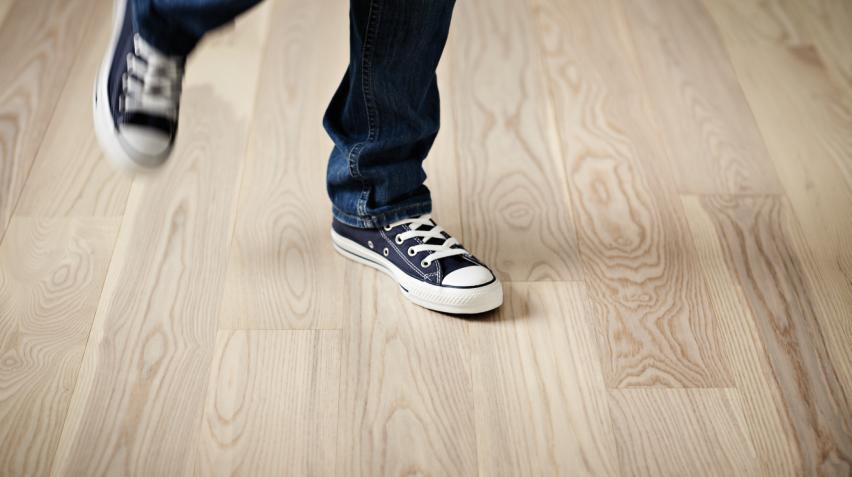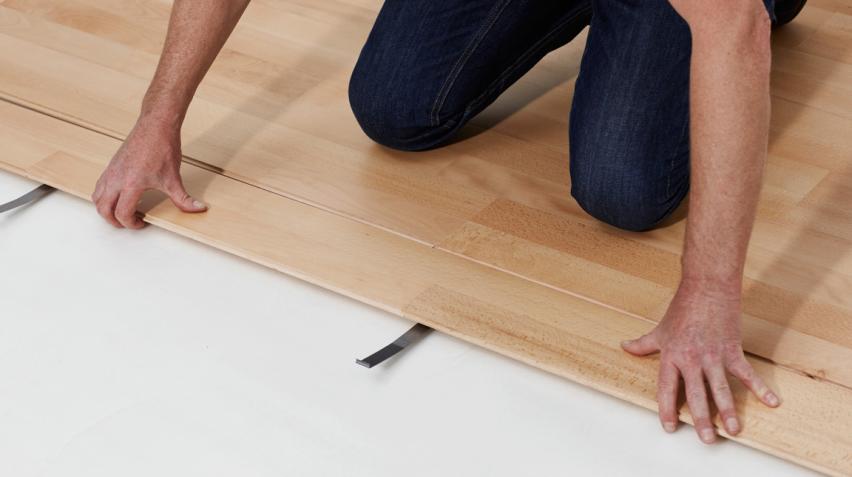Moisture Barrier for Hardwood Floors: Why It’s Essential and How to Choose One
Protecting your hardwood floors from moisture is key to ensuring their beauty and durability over time. In this article, you’ll learn why a moisture barrier is a vital part of any hardwood floor installation—whether you’re updating a single room or your entire home. We’ll explain how moisture barriers work, when they’re necessary, and how to select the right type for your specific needs and flooring method. If you want to safeguard your investment and maintain a healthy, long-lasting floor, understanding moisture barriers is essential.
What Is a Moisture Barrier for Hardwood Floors?
A moisture barrier for hardwood floors is a protective layer that sits between your flooring and the subfloor. Its main function is to prevent moisture from moving upward and affecting your wood flooring. This is especially important because solid wood floors, like those from Junckers, are crafted from natural materials that can absorb and release moisture. Over time, this can cause your floorboards to expand, contract, or even warp. While the terms “moisture barrier” and “vapor barrier for hardwood floors” are sometimes used interchangeably, a vapor barrier is specifically designed to slow down or block the movement of water vapor, reducing the risk of long-term damage to your flooring.
Why Moisture Barriers Matter for Wood Floors in Your Home
Moisture is one of the main threats to the beauty and durability of hardwood floors. Even small amounts of moisture from below the surface can lead to problems such as:
- Warping or cupping of floorboards
- Mold and mildew growth
- Discoloration or staining
- Reduced lifespan of your flooring
A moisture barrier for wood floors acts as the first line of defense, keeping unwanted moisture away from your investment. For private homeowners, this not only preserves the natural look and feel of your floors but also supports a healthy home environment.
When Is a Moisture Barrier Needed?
There are several situations where a moisture barrier for hardwood floors is essential to ensure long-term performance:
- When installing over a concrete subfloor, which can release moisture over time
- In below-grade rooms such as basements
- In areas with high humidity or frequent spills (e.g., kitchens or utility rooms)
- If you live in a region with significant seasonal moisture changes
Signs you may need a moisture barrier include:
- Dampness or condensation on the subfloor
- Musty odors
- Previous history of moisture damage in the room
Types of Moisture Barriers for Hardwood Floors
The right moisture barrier depends on your subfloor and home environment. Common options include:
- Plastic sheeting/polyethylene films: These thick plastic barriers are often placed directly over concrete to block moisture.
- Liquid-applied barriers: These are painted or rolled onto the subfloor, forming a seamless, waterproof layer once dry. For glued installations, see Junckers’ Liquid Moisture Barrier for Glued Hardwood Floors – H 6.5.
- Specialized underlayments: Some underlayments for wood floors include built-in moisture protection and can also provide sound dampening.
- Vapor retarders: For installations over wood subfloors, materials like asphalt-saturated felt can slow—but not fully block—moisture movement, allowing natural wood to adjust gradually.
Each type has its own advantages depending on your installation method, subfloor, and the room’s purpose. If you're interested in installation approaches that work with different moisture barriers, review the installation methods for Junckers wood floors.
How to Choose the Right Moisture Barrier for Your Flooring Project
Selecting the best moisture barrier for hardwood floors means considering several factors:
- Subfloor type: Concrete usually requires a fully impermeable barrier, while wood subfloors may benefit from vapor retarders.
- Installation method: Floating, glue-down, and nail-down floors each have recommended moisture barrier solutions—always check compatibility.
- Climate and usage: High humidity, frequent spills, or below-grade rooms call for more robust protection.
- Underfloor heating: Ensure the barrier is compatible with heating systems for both comfort and safety.
Checklist:
- Identify your subfloor type
- Assess the room’s moisture risk
- Choose a barrier compatible with your installation method
- Check for underfloor heating compatibility
If you're considering a specific wood species for your home, such as oak hardwood flooring, beech wooden flooring, or ash hardwood flooring, understanding the right barrier for your installation can help you maintain your floor for generations.
Step-by-Step Installation Tips for Moisture Barriers
Proper installation is as important as choosing the right product. Here’s how to get started:
- Prepare the subfloor: Make sure it is clean, dry, and level.
- Lay out the barrier: For sheet or roll products, overlap seams by at least 200 mm (7.9 in) and seal them with tape.
- For liquid barriers: Apply with a roller or brush, ensuring even coverage and allowing it to dry fully before proceeding.
- Acclimate your wood flooring: Store your flooring in the room for several days before installation to let it adjust to the environment.
- Avoid common mistakes: Don’t leave gaps or unsealed seams, and always follow manufacturer instructions.
For step-by-step visual guidance, you can watch Junckers’ installation videos to support a smooth installation process.
How Junckers Floors Support Moisture Protection and Healthy Living
Junckers solid wood flooring is factory-finished for durability and easy care. Our floors are designed to work with a range of moisture barriers, whether you choose a classic plank, a stylish herringbone parquet, or an exclusive HexParket. Junckers floors can be installed over various subfloors—including those with underfloor heating—providing both comfort and peace of mind. Our dedication to sustainable wood sourcing and indoor climate labelling means you can enjoy a beautiful floor that also supports a healthy living space.
If you are inspired by decorative flooring, see more about Junckers’ parquet flooring collection for unique home designs.
Learn More or Get Personalized Advice
If you’re planning a new floor or want to ensure lasting beauty for your home, Junckers is here to help. For expert advice on selecting and installing the right moisture barrier for hardwood floors, contact the Junckers team directly to speak with a flooring specialist. Your next project deserves the best foundation—let us support you every step of the way.
Frequently Asked Questions About Moisture Barriers for Wood Floors
Can I install a moisture barrier myself? add
Yes, many homeowners successfully install sheet or liquid moisture barriers. However, for complex projects or areas with high moisture, professional advice is recommended.
Do all types of wood floors need a moisture barrier? add
While especially important for solid wood and engineered hardwood over concrete or in damp areas, it’s wise to consider a barrier for any wood floor where moisture may be a concern.
How do I know which product is right for my home? add
Assess your subfloor, room conditions, and installation method. Consult with flooring professionals or refer to manufacturer recommendations for guidance.
Will a moisture barrier affect indoor air quality? add
High-quality moisture barriers, especially those recommended for Junckers floors, are designed to be safe and not impact indoor air quality. Look for products with recognized certifications when possible.



